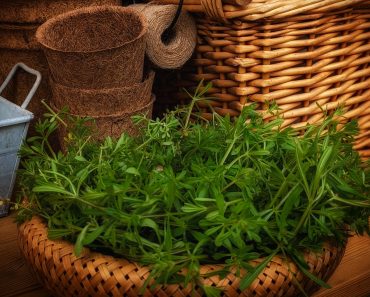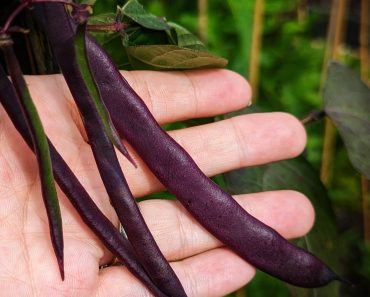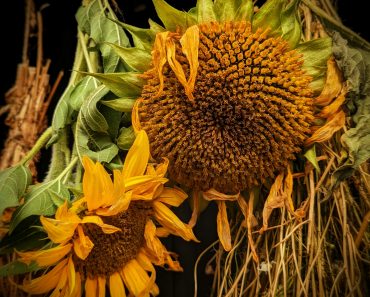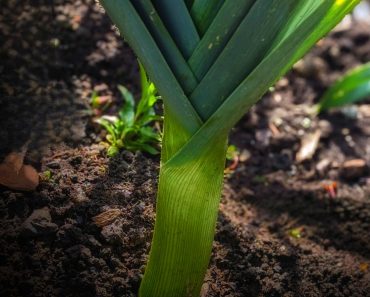I Love to grow Cucumbers! This fabulous Summer Vegetable has graced British Plates for Centuries. Who of us has not partaken in a Cucumber sandwich or two, it’s a very English thing isn’t it? Let me tell you…they taste even better when their homegrown!
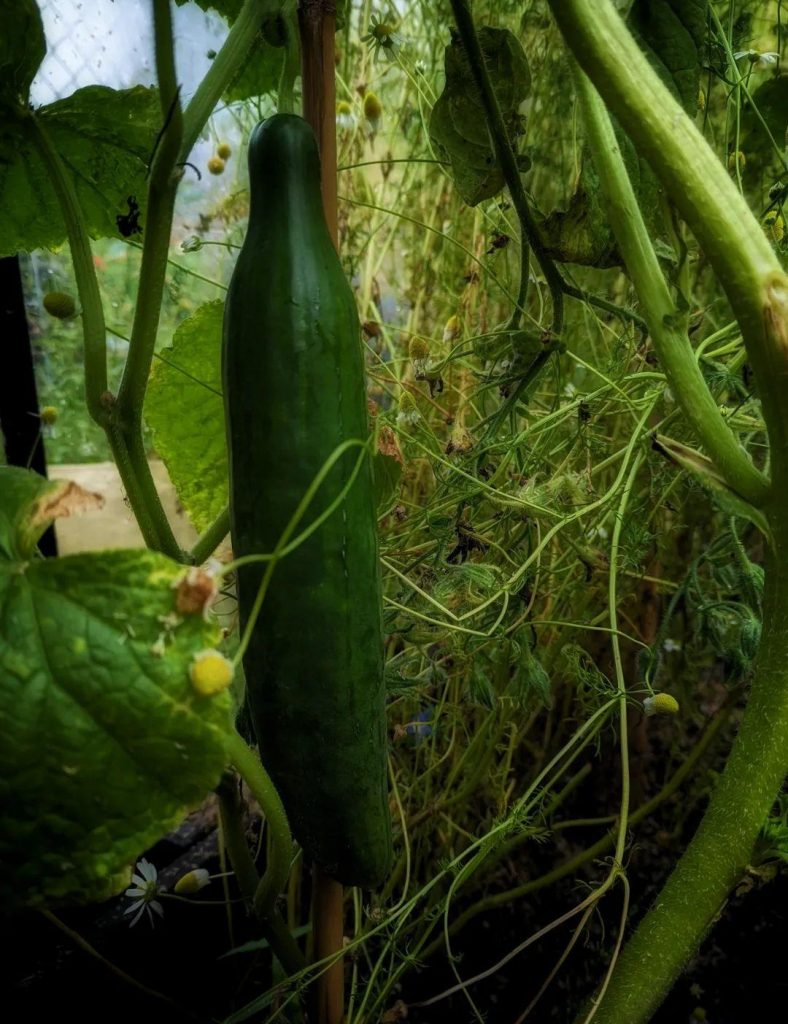
This post may contain Affiliate Links please see my disclosure policy
Cucumber History
Cucumber or Cucumis sativus is an herbaceous annual vegetable and a member of the Cucurbitaceae family. Cucumber has an ancient history and has been cultivated for at least 3000 years! It is believed the Cucumber originated in India and from there spread to Europe, landing first on Greek and Italian shores. Records indicate that Cucumber cultivation began appearing in France in the 9th century and later in England during the 14th century.
Cucumber Characteristics
Affiliate links
- The cucumber plant has long creeping stems with thin reaching tendrils and is best grown on a structure of some sort- a trellis, net or Bamboo frame is perfect for the climbing habit of the Cucumber plant.
- The Cucumber plant has large leaves that form a canopy and has elongated tapered end fruit that may be as large as 60 cm in length and 10 cm in diameter. An exception to this are the more compact cultivars of Cucumber, such as Gherkins and mini varieties such as ‘Mini Munch’.
- Cucumber has a mineral composition similar to the Tomato, is rich in water and contains almost no calories. Did you Know? Cucumbers are sometimes used in hair care products for their hydrating capabilities due to their high-water concentration.
Health Benefits of Cucumber
- Rich in vitamin K, which helps blood clot and maintain healthy bones.
- Contains Vitamin A, which helps with the immune system response and supports heart, lung and kidney health
- The water content in cucumbers helps keep the body hydrated.
- Cucumbers also have topical health benefits. Placing slices of Cucumbers on Sunburned and swollen skin can ease inflammation. The Cucumbers on the eyes thing makes sense now doesn’t it? A slice or 2 under the eyes does indeed help reduce puffiness!
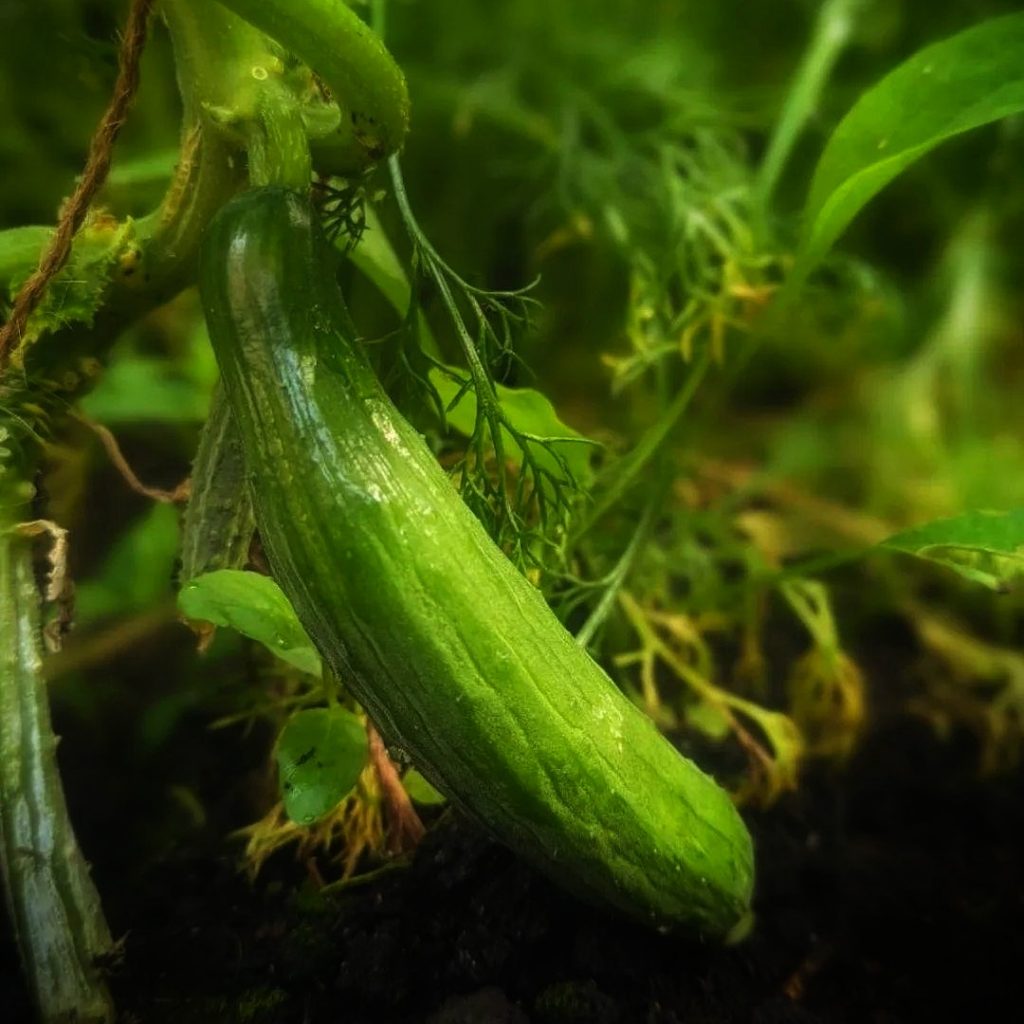
Which Cucumbers To Grow?
Affiliate links
There are two main types of Cucumbers, Greenhouse Cucumbers and Outdoor Cucumbers.
Outdoor Cucumber Suggestions
Marketmore Cucumber is an outdoor variety which is a firm favourite amongst UK gardeners. Once established the plant is vigorous and disease resistant. This is an open pollinated variety, so should you wish to save the seeds, they will become true to type.
They are well suited to growing outside although they can be grown in a greenhouse too, be sure to allow the bee’s access! I always provide my Cucumbers with a structure to climb, however the Marketmore variety will grow on the ground…beware of slugs and other predators though!
Masterpiece Cucumber is an Outdoor British bred variety is an outdoor climber that will benefit from structural support. The fruits are a very deep green and slightly spiny. This is an open pollinated variety and again, saved seed will come true to type.
La Diva Cucumbers have a wonderful texture and are seedless, dark green, smooth and compact (around 15cm in length) perfect for salads. They will also require supports to grow
Greenhouse Cucumbers Suggestions
Greenhouse cucumbers need plenty of heat to thrive and so will need a greenhouse environment for a successful crop. They are generally large plants that produce long, smooth fruits, similar to those you find in the supermarket.
‘Carmen’ is a unique variety with resistance to powdery mildew, scab and leaf-spot. A heavy cropper producing huge Cucumbers (Perfect for exhibition) Vines can reach heights of up to 3 metres and a spread of 45 cm…a structural support is very necessary!
The Mini Munch Variety produces adorable 7cm fruits, juicy and tasty, perfect for Salads.
The Bella Cucumber Variety produces long 35cm fruits, wonderful for unheated greenhouses
How to Grow Cucumbers
How to Sow Cucumber Seeds Indoors-Sow Cucumber seeds indoors on their side around 2cm deep, in small pots or modules. From mid-February to mid-March, if you intend to grow them in a Greenhouse. If you’re going to plant them outdoors, sow Cucumber Seeds in late April.
Place them on a Sunny Windowsill and cover with a propagator lid or cling wrap until seedlings emerge, keep the soil moist but not wet
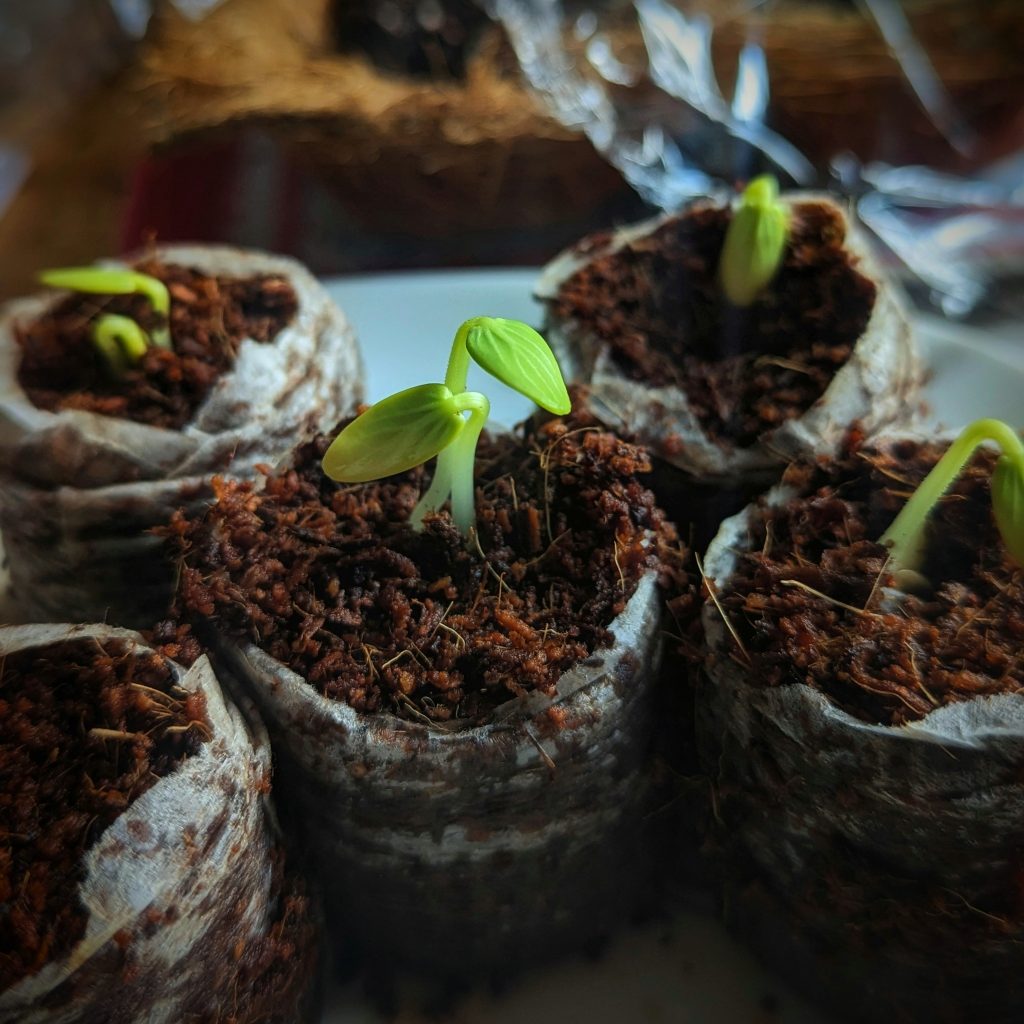
How To Sow Cucumber Seeds Outdoors-Outdoor varieties can be sown directly in their growing site in late May or early June. Sow seeds 2cm deep. Cover the ground with a cloche or fleece after planting,this helps warm the soil for germination. Remove covering once seedlings emerge.
How To Plant Out Cucumbers
Planting Greenhouse Cucumbers-Plant Greenhouse Cucumbers when they have developed 2-3 leaves, add some rich compost to the planting hole and plant them 60cm apart. Plant them in Greenhouse beds, large containers or growbags. Make sure to provide them with some support.

Planting Out Outdoor Cucumbers-For Outdoor Cucumbers that have been raised indoors, wait until early June before planting out and make sure they are fully Hardened off. Choose a Sunny, sheltered Spot and add some organic matter to the planting hole. If necessary provide them with a structural support.
What Does Hardening Off Mean?
Plants raised indoors or in a greenhouse environment, need to be acclimatised to cooler temperatures and increased air movement for about two to three weeks before they are planted outdoors permanently . This is a ‘toughening up’ practice to prepare the plants for their new environment.
How to Harden Off
Place your plants out for a couple of hours in a shady part of the garden. The next day, leave them out again for two hours, but this time allow the plants an hour of direct sunshine in the morning. Gradually continue to increase the length of time the plants are in direct sunshine over the course of roughly two weeks.
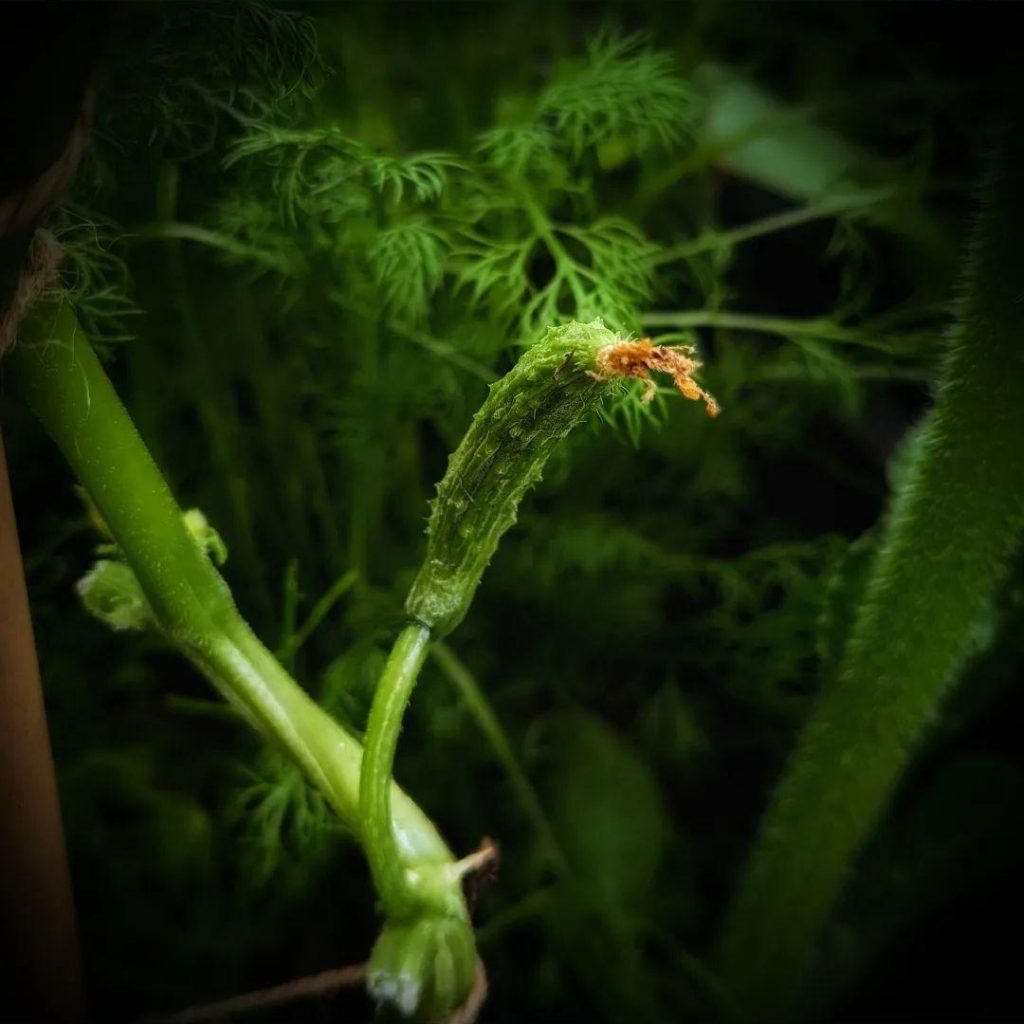
How to Care for Cucumber Plants
Affiliate links
Greenhouse Cucumbers
For Greenhouse Cucumbers, water regularly and mulch the soil to retain moisture. Keep the beds or pots weed free. When the plants begin to flower, treat them to a potash fertiliser(like liquid Tomato Feed)
Cucumbers have male and female flowers and if your growing in the greenhouse, you will need to remove the male flowers, as pollination can sometimes make the Cucumbers taste bitter and packed with seed.
How to tell Male and Female flowers apart– Female flowers have an immature fruit growing behind them. Male flowers just have a normal stem. Some Greenhouse Cucumber varieties dont have male flowers, for example – The ‘Bella’ Cucumber variety only has female flowers.
For Outdoor Cucumbers
For Outdoor Cucumbers water frequently to keep the soil moist, but not wet! Do not remove the male flowers – On Outdoor Cucumber Varieties both the Male and Female flowers are needed for pollination.
When To Harvest Cucumbers
Cucumbers are ripe and ready for harvest around 12 weeks after sowing (Mid-summer time). Keep Picking! The more you pick the more the plant will produce. Outdoor Varieties will provide until September, while Greenhouse Varieties may crop well into October if the weather remains warm.
*Top Tip- Don’t leave ripe cucumbers on the vine too long, harvest often to prevent bitter fruits and thickened skin.
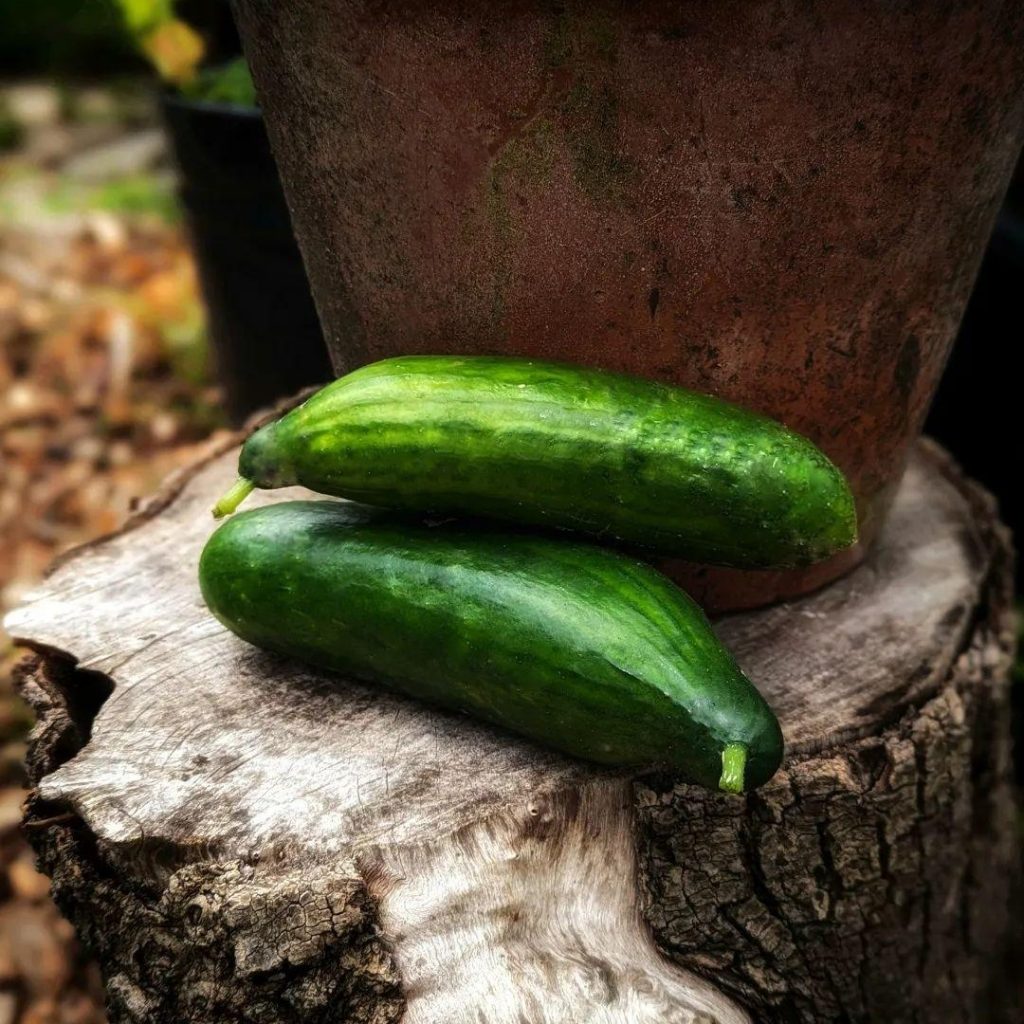
Want To Grow A Vegetable Garden?
Have a look at my DIY Greenhouse , DIY Potting shelter and Potting Shed and have a gander at these ‘How To’ Veggie Posts…
Looking For more ‘Homely’ Inspo ?
Have a Nosey Around the Blog! See what i’ve been Baking, Growing and Drinking! Also, pop over and say Hi on Instagram
*Any specific health claim or nutritional claims or information provided on the Website are for informational purposes only. Nothing on the Website is offered or intended to be a substitute for professional medical, health, or nutritional advice, diagnosis, or treatment. This Website is not intended to diagnose, treat, cure or prevent any disease. You assume full responsibility for consulting a qualified health professional regarding health conditions or concerns.

